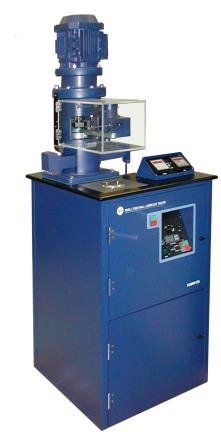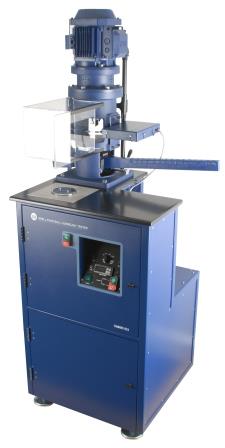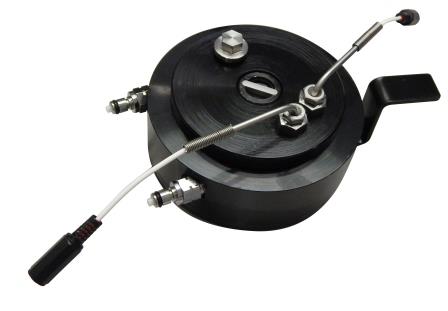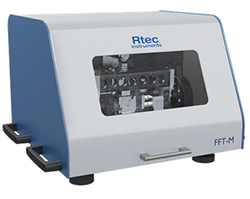Tribological Analysis
Tribology is defined as the science and technology of surfaces in contact and in relative motion. It is the science that studies friction, wear, lubrication.
HFRR tester


LUBRICITY – LUBRICANT POWER according to ASTM D6079, ASTM D7688, ISO 12156-1, CEC F-06-A-96, BS EN 590, JPI-5S-50-98 and IP 450/2000 Standards)
Fuel lubrication is a critical parameter for engine manufacturers as many parts of diesel engine solely depend on fuel for lubrication.
Depending on the source of crude oil, refining methods, sulfur content and additives, the diesel lubricity can seriously vary.
The test for Lubricity determination (Lubricity / HFRR) according to ASTM D6079, ASTM D7688, ISO 12156-1, CEC F-06-A-96, BS EN 590, JPI-5S-50-98 and IP 450/2000 ) is a standard method, highly accepted by engine manufacturers, refineries, additive suppliers and consumer groups for assessing the lubricity of diesel fuels, additives and blends.
Rtec-Instruments HFRR provides a simple and automated platform to perform high-frequency alternative tests with strong reliability and repeatability.
HFRR tester is fully automated and easy to use, with real-time force control.
4- BALL & SHEAR STABILITY:
According to the ASTM D2266 & D4172 methods (with Wear Loading Kit 19940-0), ASTM D2596, ASTM D2783, CEC L-45-A-99, EN ISO 20623, IP 239, IP 300 Procedures A and B (obs), ISO CD 11008
SETA – SHELL 4 BALL LUBRICANT TESTER determines the frictional properties of oils and greases at extreme pressure. Used in tribological research laboratories and quality control laboratories for routine analysis of finished products for lubrication.
Shell 4-ball lubricant tester, cod. ST19900-2
Shell 4-ball lubricant tester AUTOLOAD, with automatic loading system, cod. ST19800-6 (right photo)
 |
 |
SHEAR STABILITY HEAD
According to the CEC methods L-45-A-99, ISO 26422.
It is mounted on the SETA – SHELL 4 BALL LUBRICANT TESTER instrument to determine the loss of shear viscosity.
 |
PIN or BALL ON DISK TRIBOMETER
The tribometer is an instrument that allows the user to measure the friction coefficient (static or dynamic) and the wear of materials that flow on each other, even in the presence of a fluid medium (lubricating oil, grease, water, etc.), by modifying the applied load, the mutual sliding speed and the temperature during the test. According to ASTM G99 methods.





